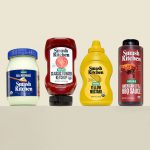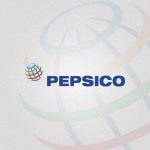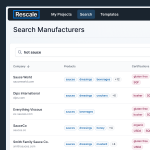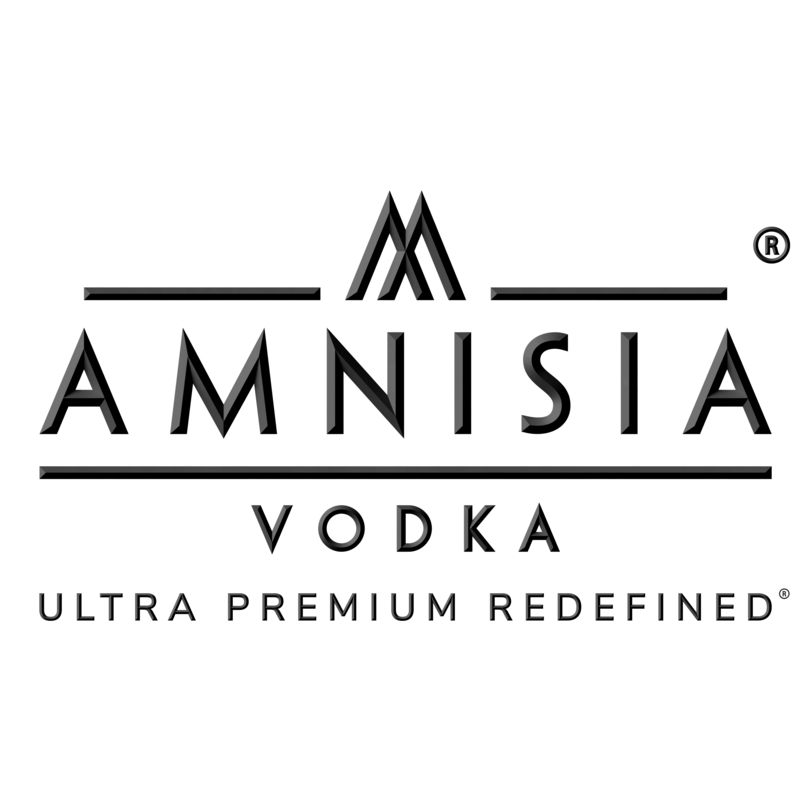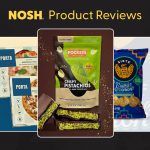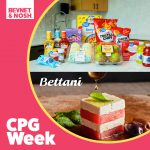Coca-Cola-Funded Study Outlines Key Metrics on Millennials’ Impact at Retail

Coca-Cola’s Individual Shopping Habits, Occasions and Perceptions (iSHOP) tracking study, which surveys shoppers of over 300 retailers in the U.S., described millennials as a set that represents 70 million consumers, 51 percent of whom are male. While millennials — 56 percent — live on less than $50,000 a year for their household, according to the study, Coke found that millennial consumers are responsible for $200 billion in annual grocery expenditures, with over 20 billion grocery trips across all channels every year. These shoppers have an average monthly spend of $281 on groceries.
The study identified Sunday as the the most common shopping day for millennials. Coke determined that more than 30 percent of grocery trips for millennial consumers take place during the weekend, and that overall, 28 percent all millennial grocery spending happens between 5-10 PM. Most (74 percent) of these trips included no preparation with one of every three trips lasting five minutes or less. Sixty-three percent of millennial consumers are more likely to buy a meal or snack to eat right away, Coke reported, noting that 35 percent of their trips include purchase of a non-alcoholic, ready-to-drink beverage.
As for the impact of technology on millennial shoppers, the study found that 13.3 million consumers within the set “are interested in social interaction around shopping,” and 5.8 million use websites, smartphones and social media to facilitate and discuss purchasing decisions.
Coke highlighted four ways that brand owners and retailers can utilize findings from the study to better connect with millennial customers:
- Market to millennials in the moment: In-store POS, displays and shelf talkers drive bigger impact with them, and point-of-purchase shopper marketing is critical.
- Deliver differentiated experiences: Because millennials look for ready-made or easy-to-make meal solutions, there is a big opportunity to win their meal and snack business and use this as the mechanism to drive loyalty and store preference.
- Cater to their impulsiveness: Their impulsiveness provides ample opportunity to create better connection points to drive purchase intent, but it takes strong in-store communication and variety to reach them. Beverages, snacks and ready-to-eat café or deli items are big impulse purchases.
- Be on-trend and on-budget: Offering budget-friendly, smaller products that fit their lifestyles and household needs allows them to have rich consumption experiences without the high price tag.


